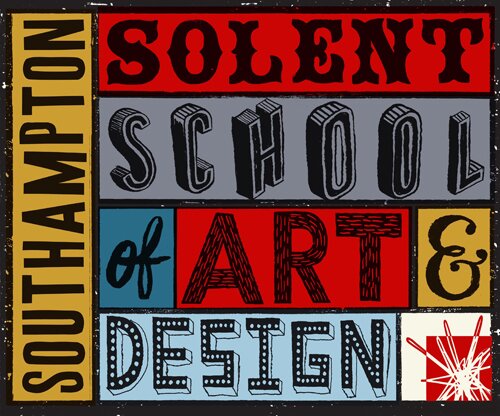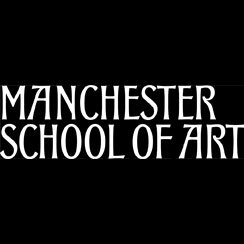
Catrin Morgan
Catrin Morgan’s work explores the relationship between text and image, she is particularly interested in creating work governed by underlying frameworks, rules and hidden meanings. Most of her projects are conceived in relation with the book format, from limited edition artist books to mainstream publishing. Her research on the Taxonomy of Deception developed into a PhD at the Royal College of Art (completed in 2014), a project closely connected with her illustrations for Ben Marcus novel The Age of Wire and String, commissioned and published by Granta Books (2013). Her book Phantom Settlements, a collaboration with the illustrator Mireille Fauchon was published by Ditto Press in 2010.
Abstract:
The Nomadic Illustration
This paper is interested in a particular phenomenon which it refers to as the nomadic or migrant illustration. The nomadic illustration is a single illustration which is repeatedly repurposed and recontextualised. Stock illustation and stock photography have been performing this type of function for some time – one stock photograph is often used to illustrate the covers of a number of different novels for example. Due to the ease with which images might be appropriated and reused online however, this is no longer the province of professionally made images and the freedom with which information moves online means that when illustrations do migrate they are being reused in a far wider range of contexts. Although Internet memes function in a similar way, they are not included in the definition proposed by this paper. Nomadic illustrations are rootless images that move between contexts, always performing an illustrative function.
This paper defines illustration as an activity in which images and words enter into a relationship with each other to produce narrative and in doing so it seeks to widen considerably the range of images that might be considered to be illustrations. Within this context photographs are often illustrations and so are many (if not all) of the images that we encounter online. The Internet is illustration’s natural home but the vast majority of images that appear there are not created by illustrators. What can studying illustration at it’s most contingent and ad hoc tell us about the rest of the medium and the way in which illustration might be used in the future?
This paper will give examples of nomadic illustrations, tracing their movements between online contexts. It will consider the way in which certain images become associated with particular narrative ideas and look at what might be causing some images to move whilst others remain rooted in their original context.







